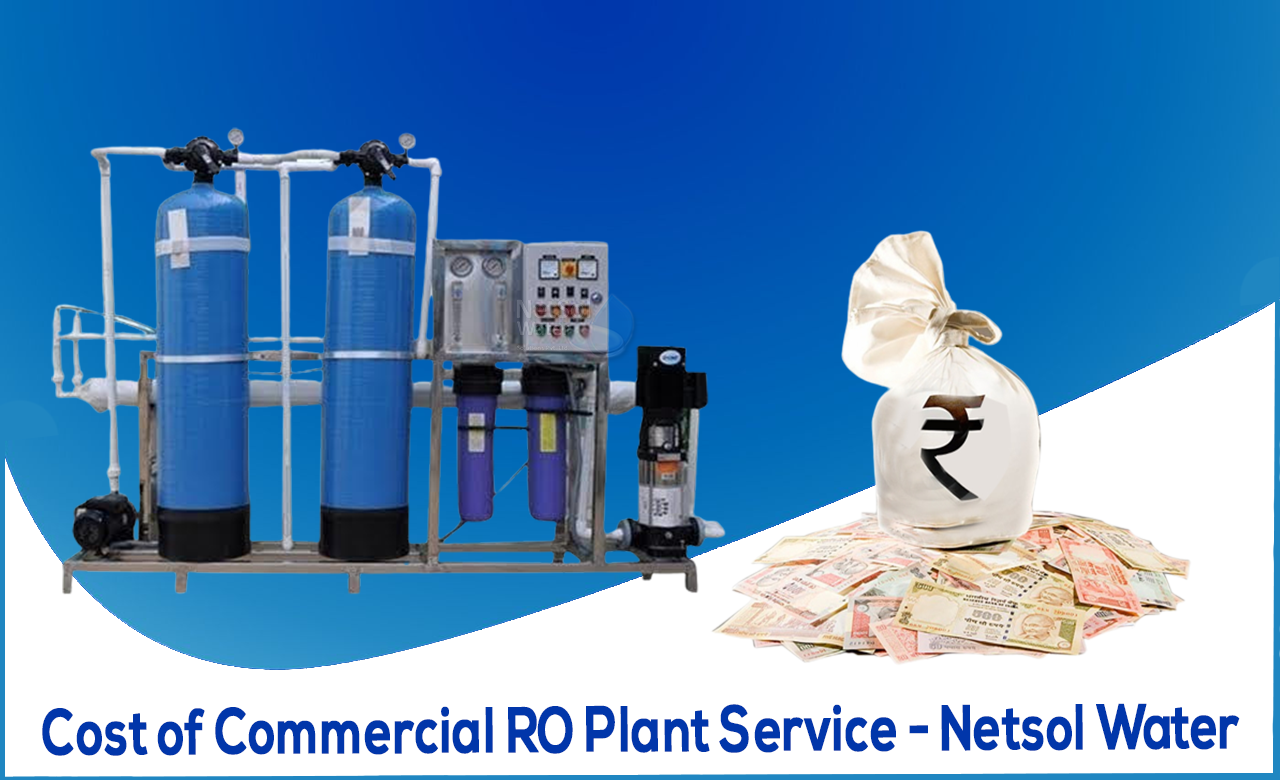The most popular water filtering process used in Indian households is reverse osmosis, or RO.RO helps purify unfiltered water by removing contaminants. It is a type of filtering technology in which water is deionized by forcing it through a semi-permeable, absorbent membrane under pressure. Large molecules or contagion are sieved in this process. The water then flows from a more concentrated side (with more contaminants) to a less concentrated side (with fewer impurities) to provide uncontaminated and safe drinking water.Permeate is the clean water that is processed, and brine or litter is the water that is left over. Because RO filters and membranes play such an important role in the process, they must be replaced on a regular basis. Regular servicing is necessary to maximize the efficiency of your RO unit.
HOW TO MAINTAIN A REVERSE OSMOSIS SYSTEM?
Filters for reverse osmosis should be replaced on a regular basis:
Pay attention to the filter replacement schedule in the owner's handbook for your RO system. Your RO plant may have three, four, or five stages, so make sure you know what filters are in each stage (see your owner's manual) and when each filter has to be replaced.A filter acts as the lungs of your water purifier, removing harmful waste products from your drinking water and ensuring that only the cleanest, safest water reaches you. Wreckages or shards might clog the inside of the filter over time, permanently damaging the filer (or perhaps the RO). Furthermore, because the filters are carbon-based, they lose their absorbent characteristics with time and must be replaced on a regular basis. As a result, it's critical to keep an eye on RO and replace your RO filter on a regular basis.
Filter for Sediment:
Sediment filter should be replaced every 12 months. The purpose of this pre-filter stage is to strain away sediment, silt, and dirt. This is especially significant since the sediment filter prevents debris from reaching the RO membranes, which are extremely sensitive. If you don't change this filter on a regular basis, dirt and silt can get into the RO membranes, clogging them and making them filthy. Because the RO membrane is the most expensive filter in the RO system, it must be safeguarded.
Carbon Filter:
The carbon filter filters lead, pesticides, chlorine, and a variety of other impurities that impact the RO membrane's performance and longevity, as well as the taste and odor of your water. A granular activated carbon (GAC) filter and a carbon block filter may be included in your RO system. Both carbon kinds have high adsorption properties. Every 6-12 months, both the carbon block filter and the polishing filter (GAC filter) should be updated. A carbon filter's lifespan is determined by how filthy or contaminated the water is. The quality of carbon, humidity, and usage can all affect how long a carbon filter lasts.
Reverse Osmosis Membrane:
RO system's semi-permeable RO membrane is designed to let water through while filtering out practically all other impurities. The RO membrane should only need to be updated every two to three years if the prior sediment and carbon filters are replaced on time. The timing will, of course, vary depending on the quality of your water and your household's water usage.
WHAT DOES IT COST TO MAINTAIN AN RO WATER SYSTEM?
The cost of maintaining a RO water purifier can range from 2,000rs to 6,000rs per year, which includes the expense of replacing the RO membrane, other pre- and post-filters, the UV lamp, and labor.The sediment filter, carbon filter, RO membrane, UV lamp (if present), and labor fee are all part of the maintenance of a RO water purifier. The sediment and carbon filters typically cost around 500rs each and must be updated every six months. The RO membrane should be replaced once or twice a year (depending on the model and daily water usage), and it costs between 2,000rs and 3,000rs.
Before purchasing a RO water filter, find out how much annual maintenance will cost, as well as how much common parts will cost. That will give you a better sense of what to expect when it comes to the expense of maintaining your commercial RO plant.




